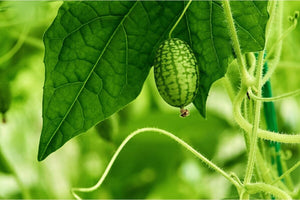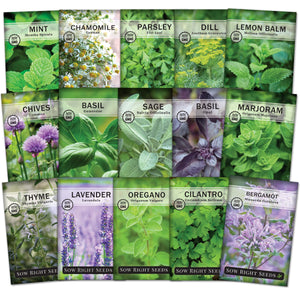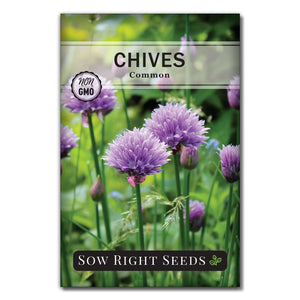Basil 101: How to Prune Basil for the Best Basil Harvest
Herb growing tipsBasil is one of the easiest herbs to grow! With just a little pruning and love, you can add some fresh flavor to your table all summer long without much effort or investment.

Growing a Never-Ending Supply of Basil
Considering the price of store-bought basil, growing basil is a no-brainer in terms of making your garden work for you.
A well-pruned plant is bushy and provides more basil leaves with better flavor for a longer season. Basil plants are easy to maintain and create an ever-lasting supply of this delicious herb.
All types of basil plants benefit from regular pruning, including Genovese, Greek, Lemon, Opal, and Thai basil. Once you learn how to care for basil, you may never buy it at the store again.
How to Prune Basil Plants
You can start pruning basil plants when they are still small seedlings. Once your basil plant is about 6 inches tall with two branches of leaves, you can start pruning.
If you look at your plant carefully, you can see that every set of leaves has a smaller set above it, growing in the opposite direction. You want to cut the stem right below the top set of basil leaves. That’s where your plant will begin sending out new branches.
Within a couple of weeks, the new branches will grow. You can keep trimming your basil plants to encourage more growth.
Why Prune Basil
You probably can already see how pruning your basil plants will help you. The pruned plants will be bushier and healthier, and easier to harvest. If you don’t prune your basil regularly, it can get long and spindly, directing its energy into growing upward to get more sunlight. The basil leaves simply won’t be as tender and sweet on neglected plants.
Regular pruning also encourages more growth. So, as you trim off what you need for eating, consider cutting the same way you would for pruning the basil plant.

Trim Your Basil Flowers
Another trick for keeping your plants productive is to snip the basil flowers as soon as you see them before your basil bolts. When the flower buds start to form, they look like a small pyramid or stack of leaves growing out of the top of the plant. Use scissors or even your fingers to pinch that off before basil flowers form.
By keeping your basil from forming flowers, you preserve the flavor and longevity of your basil. When the plant starts producing flowers, its energy goes into making seeds. The leaves will not be as tender but will start to toughen up, and the sweet flavor of the basil will take on a more licorice note that some find unappealing.
If you do find you’ve missed a plant and it’s too late, you can either clear it out or let it go to seed completely. Be sure to collect the new basil seeds for your next round of basil planting.
Too Much Basil? Impossible
If you find you’ve got more basil than you can use immediately with these pruning techniques, congratulations! What a great problem to have! Making basil pesto is a delicious way to use up a lot of the herb quickly. Long-term storage of basil is also simple. You can dry it, or blend it up and freeze it for later use, or you can even share it with your friends.

Propagating Basil from Trimmings
One last tip: You can store your basil trimmings with the stems in water to use later. If you forget and your snipping starts to grow roots, surprise! You’ve just propagated basil without even trying. Change the water out every few days, and once you’ve got some good growth, transplant your basil seedlings to a pot.
Sharing these baby basil plants is another way to impress your friends and spread the love around. Everyone should learn the joy of eating sunny fresh basil straight off the plant.
Remember to trim basil regularly. This will keep your basil plant growing. These basil pruning tips work for all varieties of basil. Now that you know how simple it is to do, you'll enjoy a delicious harvest of basil leaves.
Written by Teresa Chandler










Leave a comment